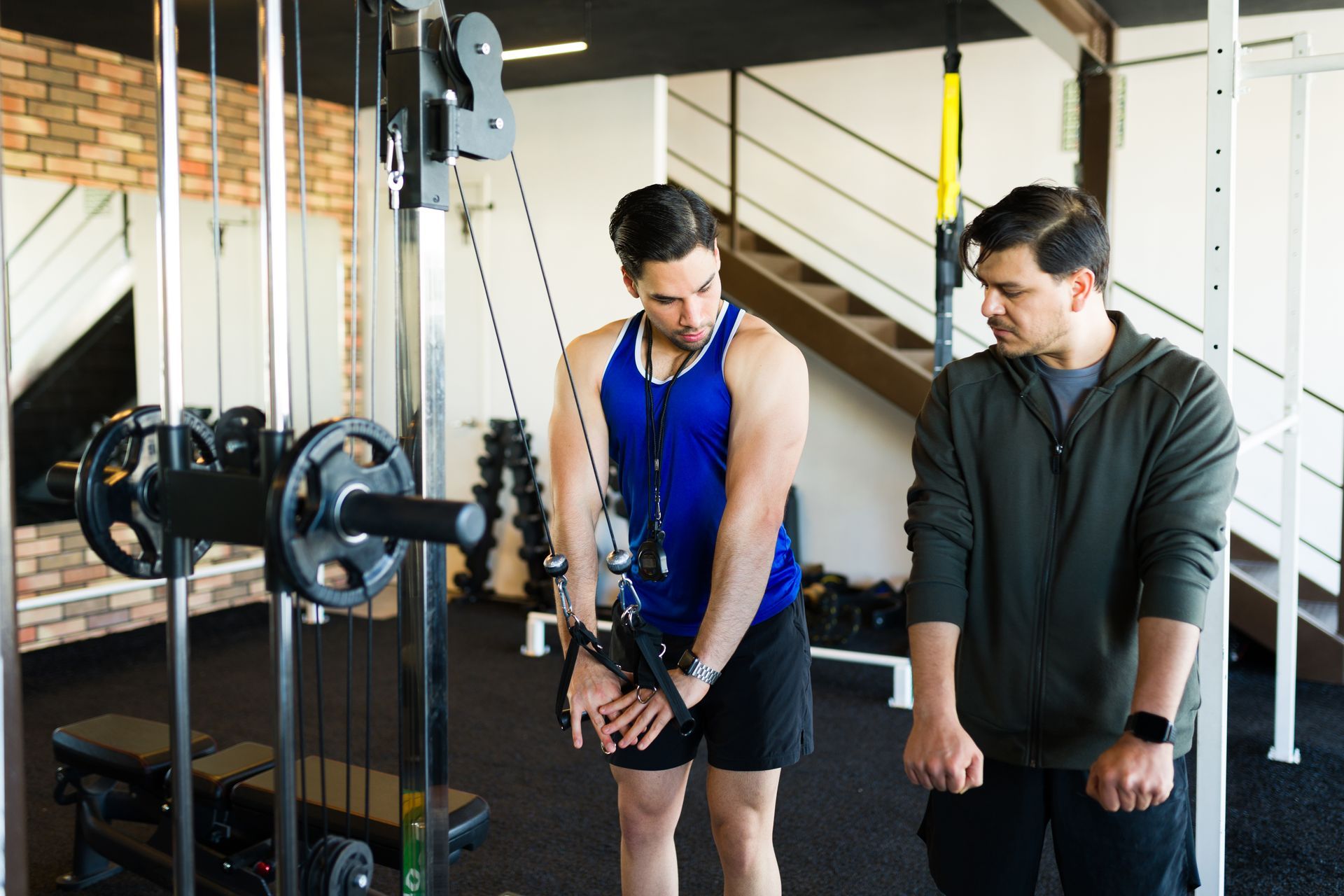February 18, 2021
Why You ABSOLUTELY Should Include Strength Training While Losing Weight
Why You ABSOLUTELY Should Include Strength Training While Losing Weight
I still see a huge lack of priority put on lifting weights when going through a weight loss phase. I have even seen weight loss centers that are under a medical professional’s guidance say that it is counterproductive and will stunt results.
This couldn’t be further from the truth. Let’s get informed:
Strength training/weightlifting can be greatly beneficial for fat loss. Why? Because it builds up lean muscle. And when we do that, we speed up our metabolism by increasing our Basal Metabolic Rate (BMR).
It is agreed that cardiovascular exercise is probably a better candidate for general caloric expenditure during the workout - the keyword here being ‘during’. Strength training is universally more effective at burning total calories and fat overall. Let me explain…
POINT #1: Yes, it is widely accepted that you’ll burn more calories during an aerobic/cardiovascular workout than you would during a typical strength training workout of the same duration. BUT…strength training has a higher Excess Post-Exercise Oxygen Consumption (EPOC) quotient. This is important to your fat loss efforts because a higher EPOC quotient equates to more calories being burned in the 24-48 hours that follow a workout.
POINT #2: If you focus purely on cardio workouts, you may certainly end up losing weight, but you’re likely to lose a proportionate amount of muscle at the same time. Doing so will result in ultimately slowing down your metabolism rather than speed it up. This is a detriment if you’re trying to lose weight. As I stated above, by increasing muscle mass, you increase the BMR.
Why is this beneficial for weight loss? Through building lean muscle and increasing your BMR, you inevitably burn more calories at rest throughout the day AND increase your overall caloric deficit - a necessity for weight loss.
Am I saying that doing cardio is bad? Absolutely not!!!
HERE’S THE ANSWER: Increase your intensity and begin to implement a consistent strength training regimen consisting of weight-bearing exercises in conjunction with aerobic activity. This is the optimal weight loss plan. Oh, and don’t forget to home in on your nutrition as well. Because you can’t out-train a bad diet.





